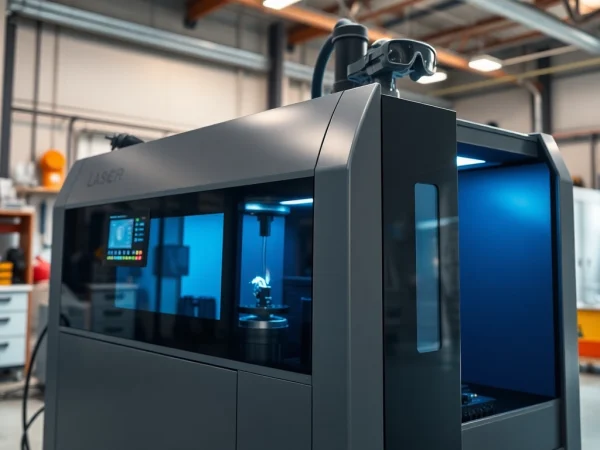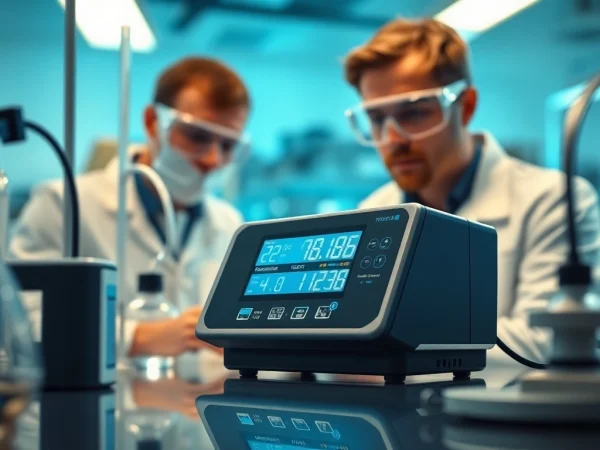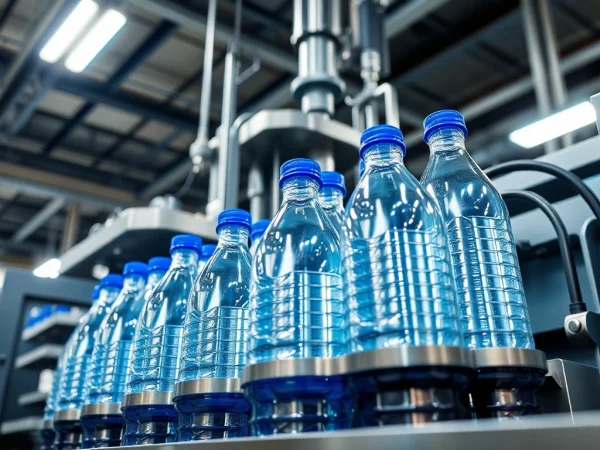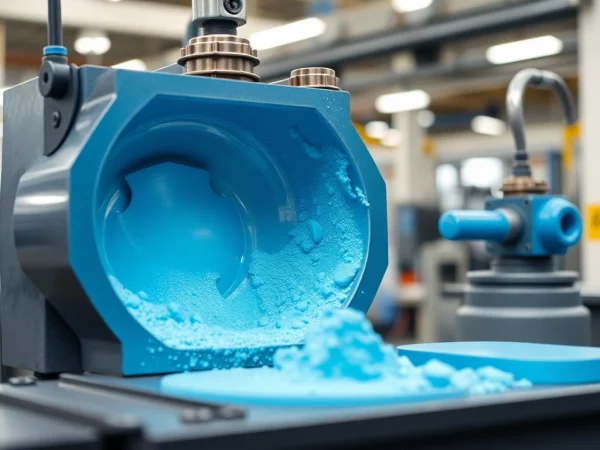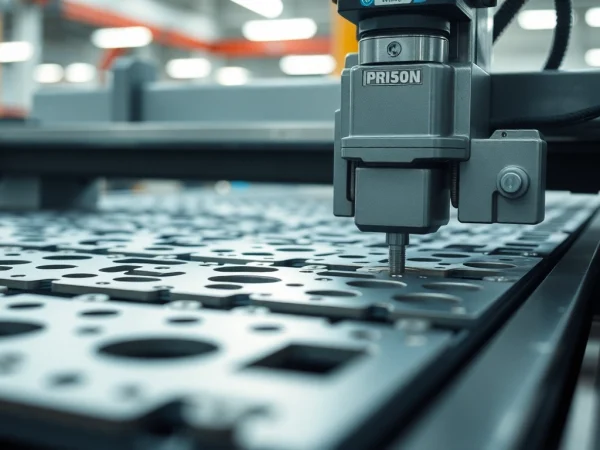The Essential Guide to Choosing the Right Nitrogen Regulator for Your Needs
Understanding Nitrogen Regulators
Nitrogen regulators are crucial components in a variety of industrial applications, including refrigeration, HVAC systems, and nitrogen gas systems. They control the pressure and flow of nitrogen from a cylinder, creating a safe and efficient environment for operations. Understanding the functionality and importance of nitrogen regulators is vital for anyone involved in processes that require nitrogen gas. For reliable and high-quality products, you can explore options for a nitrogen regulator that meets your specific needs.
What is a Nitrogen Regulator?
A nitrogen regulator is a device designed to reduce the high pressure of nitrogen gas from a storage cylinder to a usable level for various applications. Its primary function is to maintain a constant output pressure regardless of changes in input pressure, which can occur as the gas is consumed. This is especially important in processes that require precise pressure control to ensure optimal performance and safety.
How Nitrogen Regulators Work
The operational mechanism of nitrogen regulators involves several key components, including an inlet valve, a pressure relief valve, and a flow control mechanism. When nitrogen gas is released from the cylinder, it flows through the regulator where the inlet valve reduces the pressure to a specified range. Here’s a closer look at the components involved:
- Inlet Valve: Controls the entry of nitrogen gas into the regulator.
- Pressure Relief Valve: Ensures that if the pressure exceeds a certain limit, the excess gas is released, protecting downstream equipment.
- Outlet Pressure Adjustment: Allows users to set and maintain the desired output pressure through adjustments based on the application requirements.
The Importance of Nitro Gas Regulation
Proper regulation of nitrogen gas is critical for several reasons:
- Safety: Unregulated nitrogen can pose risks, including equipment damage or personal injury due to high pressure.
- Efficiency: Maintaining the correct pressure helps ensure that processes operate smoothly without interruptions, leading to increased productivity.
- Quality Control: In applications such as food processing and packaging, consistent nitrogen levels are essential to preserve product integrity.
Types of Nitrogen Regulators
Single-Stage vs. Multi-Stage Regulators
Nitrogen regulators come in two primary types: single-stage and multi-stage. Understanding the differences between these types is crucial for selecting the right one for your application.
- Single-Stage Regulators: Typically lighter and simpler in design, these regulators are ideal for low-pressure applications. They adjust pressure in one step, which may be sufficient for many relatively stable operations.
- Multi-Stage Regulators: These are designed for applications requiring more stability over a broader range of pressures. They offer finer control and reduce fluctuations in output pressure, making them suitable for delicate applications, such as laboratories or specific industrial processes.
Low Pressure vs. High Pressure Nitrogen Regulators
Another classification based on operating pressure distinguishes low pressure from high pressure nitrogen regulators:
- Low Pressure Regulators: Generally operate below 15 PSI and are commonly used in applications like food and beverage dispensing systems.
- High Pressure Regulators: Designed to handle pressures above 15 PSI to accommodate more demanding applications, such as various industrial processes that require precise pressure maintenance.
Specialty Nitrogen Regulators for Unique Applications
Besides general classifications, there are also specialty nitrogen regulators tailored for specific applications. Examples include:
- HVAC Nitrogen Regulators: Used in HVAC systems to pressure-test piping, ensuring there are no leaks in the system.
- Laboratory Regulators: Built for accuracy and designed to meet stringent safety standards in laboratory environments.
- Dual Outlet Regulators: Allow the simultaneous use of nitrogen by multiple devices, improving workflow efficiency in industrial setups.
Choosing the Right Nitrogen Regulator
Identifying Your Needs and Applications
Choosing the correct nitrogen regulator requires understanding your specific needs. Consider factors such as the type of application—whether it’s for welding, HVAC servicing, food packaging, or laboratory usage—as each has distinct requirements regarding pressure and flow rate.
Factors to Consider: Flow Rate, Pressure Range
Two primary considerations when selecting a nitrogen regulator are flow rate and pressure range:
- Flow Rate: Measured in CFH (cubic feet per hour), the required flow rate will dictate the size and capacity of the regulator needed for your application.
- Pressure Range: Ensure the regulator can handle the maximum input pressure from the cylinder while also being able to provide the desired outlet pressure consistently.
Comparative Analysis of Top Brands
Several trusted brands manufacture nitrogen regulators, including:
- Victor: Renowned for producing high-quality welding and cutting equipment, including reliable nitrogen regulators.
- Smith: Offers a variety of regulators with an emphasis on durability and precision.
- Uniweld: Provides compact designs tailored for specialty applications like beverage dispensing.
Reviewing specifications and customer feedback can help determine the best option for your specific needs.
Best Practices for Using Nitrogen Regulators
Installation and Set-Up Tips
Proper installation is essential for the efficient operation of nitrogen regulators. Follow these steps for optimal setup:
- Ensure all connections are clean and free of debris to prevent leaks.
- Use appropriate fittings and hoses that match the regulator specifications.
- Test the system under pressure to ensure the integrity of connections and the functionality of the regulator.
Safety Guidelines When Operating Nitrogen Regulators
Safety should always be a priority when working with nitrogen regulators. Key safety guidelines include:
- Always wear appropriate personal protective equipment (PPE) while handling nitrogen cylinders and regulators.
- Read and understand the operator’s manual thoroughly before installation or operation.
- Regularly inspect equipment for damage or wear, especially seals and hoses.
Maintenance Steps to Ensure Longevity
Regular maintenance can significantly enhance the life of your nitrogen regulator:
- Routine Checks: Examine for leaks and ensure all connections are tight.
- Cleaning: Periodically clean the regulator components according to manufacturer guidelines.
- Calibration: Regularly check and calibrate the regulator to ensure it is providing the correct pressure.
Common Issues and Troubleshooting
Diagnosing Pressure Fluctuations
Pressure fluctuations can lead to inefficient operations. To troubleshoot:
- Check the cylinder pressure to ensure it is not approaching empty.
- Inspect the regulator for blockages or damaged components that may be impacting pressure stability.
Addressing Leaks and Other Operational Issues
Leaks are a common issue that can create hazards and reduce system efficiency. Common steps to fix leaks include:
- Use soap solution around suspected leak points to identify leaks visually.
- Replace worn seals or fittings and re-tune connection tightness.
When to Seek Professional Help
If you encounter persistent issues or are unsure about maintenance, it’s crucial to seek professional guidance. This can prevent accidents and ensure compliance with safety standards.

